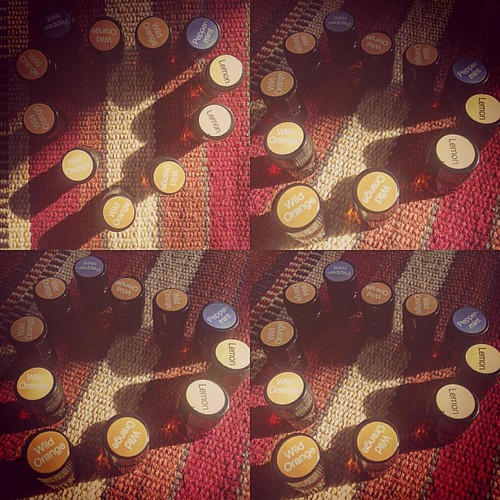t not in non-parenchymal liver cells during late embryonic development. In contrast, recombination of floxed alleles was achieved in RelaF/FMxCre animals by a single i.p. injection of poly-poly which leads to inactivation of Rela in IFNaresponsive tissues most efficiently in the liver including both hepatocytes and non-parenchymal cells. All experiments were performed according to the protocols approved by our Institutional Animal Care and veterinarian office of the State of Bavaria according to the National Institutes of Health “Guide for the Care and Use of Laboratory Animals”. F/F Protein Isolation and Immunoblot Analysis For preparation of whole-cell protein extracts livers or cells were homogenized in Triton-lysis buffer. The lysate was sonicated and clarified by centrifugation, snap-frozen in liquid nitrogen and stored at 280uC until assayed. Protein extracts were analyzed by discontinuous SDS-PAGE as described previously. Antibodies used were: rabbit anti-p65, anti-PCNA, anti-bactin, anti-Cyclin A, anti-Cyclin D1, anti-JNK, anti-phospho-JNK, anti-STAT, anti-phospho-STAT. Histology For histological analysis livers were fixed in 4% neutral phosphate-buffered paraformaldehyde for 20 hours, embedded in paraffin, and sectioned. Serial 3.5 mm-thick sections were stained with HE using a standard protocol and evaluated under light microscopy. For immunohistochemical analysis tissues were processed as described previously using anti-BrdU and goat anti-p65. The TUNEL assay was performed using the in situ cell death detection kit POD according to the manufacturer’s instructions. BrdU-uptake RelA/p65 in Liver Regeneration was quantified by counting BrdU positive and negative hepatocyte nuclei in 10 random 6200-power fields in two different liver lobes. Real-time PCR Total RNA from livers was extracted using the RNeasy kit according to the manufacturer’s instructions. RNA was transcribed into cDNA using random hexamers and the TaqMan Reverse Transcription Kit. cDNA was further analyzed by real-time PCR as described previously on an ABI 7700 Sequence Detection System. All samples were analyzed in triplicate and data were calculated by 2-DDCt method as described by the manufacturer and were expressed as fold increase over controls as indicated in the figure legends. Cyclophillin expression was used for normalization. Electrophoretic mobility shift assay. For preparation of nuclear enriched whole-cell protein extracts snap frozen livers were homogenized in CelLyticTM-Buffer and a high salt buffer. In brief, snap frozen liver samples were homogenized and lysed in isotonic buffer on ice for 20 min, and 0.6% IGEPAL CA-630 solution was added followed by centrifugation at 345627-80-7 biological activity 90006g for 10 min. The nuclear pellet was resuspended in extraction buffer on a vortex mixer for 30 min at 4uC, sonicated  on ice and centrifuged at 200006g for 5 min. The supernatants were used as nuclear enriched whole-cell protein extracts. For EMSA 7,5 mg protein was assembled with 1 ml 106 Binding Buffer, 2 ml of 50 mM DTT, 2.5% Tween-20, 1 ml 1% NP-40, 12 ml ddH2O, 1 mg of Poly as nonspecific competitor and incubated with 1 ml of IRdye 700 prelabeled NF-kB consensus oligonucleotide 50 fmol/ml in dark for 30 min at room temperature. Cold competition was performed in the presence of 100-fold excess non-labeled consensus oligonucleotides respectively for 10 minutes prior to the addition of labeled oligonucleotides. The samples were loaded with 1 ml of 10X Orange Loading Dye on a
on ice and centrifuged at 200006g for 5 min. The supernatants were used as nuclear enriched whole-cell protein extracts. For EMSA 7,5 mg protein was assembled with 1 ml 106 Binding Buffer, 2 ml of 50 mM DTT, 2.5% Tween-20, 1 ml 1% NP-40, 12 ml ddH2O, 1 mg of Poly as nonspecific competitor and incubated with 1 ml of IRdye 700 prelabeled NF-kB consensus oligonucleotide 50 fmol/ml in dark for 30 min at room temperature. Cold competition was performed in the presence of 100-fold excess non-labeled consensus oligonucleotides respectively for 10 minutes prior to the addition of labeled oligonucleotides. The samples were loaded with 1 ml of 10X Orange Loading Dye on a
